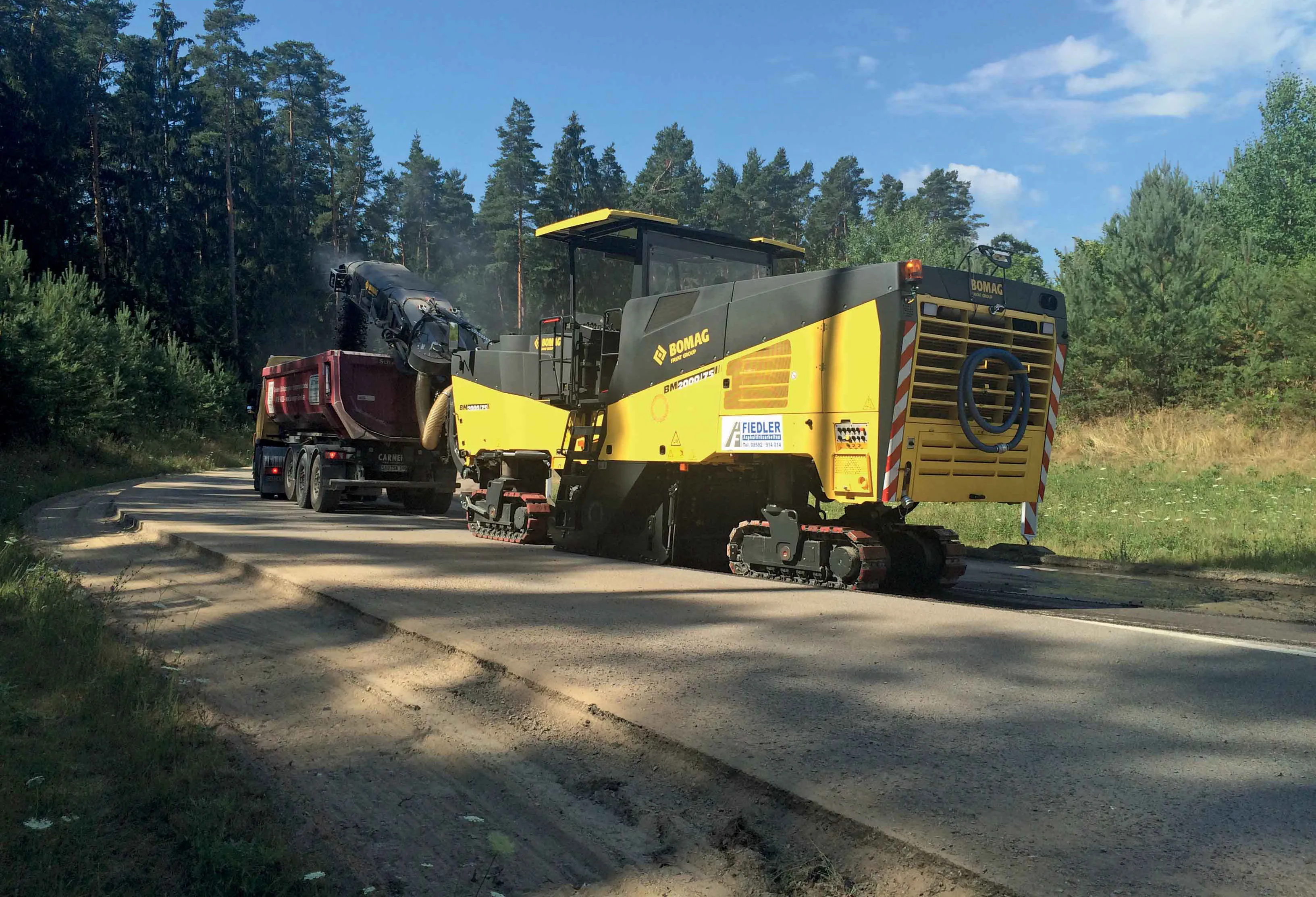Sun Valley Lighting has developed an efficient, long-life lighting package for its successful turn-of-the-century streetlights. These can now be equipped with VLED optical modules for energy-efficient LED performance. The VLED modules use Philips/Lumileds Luxeon Rebel emitters and are said to deliver full-spectrum illumination while minimising light pollution and glare. The firm offers an array of traditional-styled luminaires with VLED modules, including the lantern-style Sigma fixture. The VLED module ref
February 7, 2012
Read time: 2 mins

RSS5694 Sun Valley Lighting has developed an efficient, long-life lighting package for its successful turn-of-the-century streetlights. These can now be equipped with VLED optical modules for energy-efficient LED performance.
The VLED modules use2368 Philips/Lumileds Luxeon Rebel emitters and are said to deliver full-spectrum illumination while minimising light pollution and glare.
The firm offers an array of traditional-styled luminaires with VLED modules, including the lantern-style Sigma fixture. The VLED module reflector-prisms use the full output of each LED and feature 64 emitters (75 system watts); 80 emitters (94 system watts); or 120 emitters (141 system watts). The modules can also be field rotated in 90° increments to properly orient the distribution pattern to the site. Rather than delivering comparable lumen levels as HID systems, VLED optical modules reproduce the minimum levels of traditional HID optical systems to improve uniformity and reduce power consumption. All of the VLED optical modules are sealed and water-tight to withstand rugged outdoor environments, while advanced thermal control features keep junction temperatures cool to maximise system longevity and performance. The LED driver operates with input voltages from 120 - 277V (50/60 Hz) and is independently sealed and UL-listed for wet locations.
The VLED modules use
The firm offers an array of traditional-styled luminaires with VLED modules, including the lantern-style Sigma fixture. The VLED module reflector-prisms use the full output of each LED and feature 64 emitters (75 system watts); 80 emitters (94 system watts); or 120 emitters (141 system watts). The modules can also be field rotated in 90° increments to properly orient the distribution pattern to the site. Rather than delivering comparable lumen levels as HID systems, VLED optical modules reproduce the minimum levels of traditional HID optical systems to improve uniformity and reduce power consumption. All of the VLED optical modules are sealed and water-tight to withstand rugged outdoor environments, while advanced thermal control features keep junction temperatures cool to maximise system longevity and performance. The LED driver operates with input voltages from 120 - 277V (50/60 Hz) and is independently sealed and UL-listed for wet locations.







